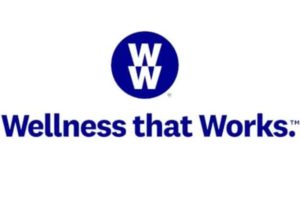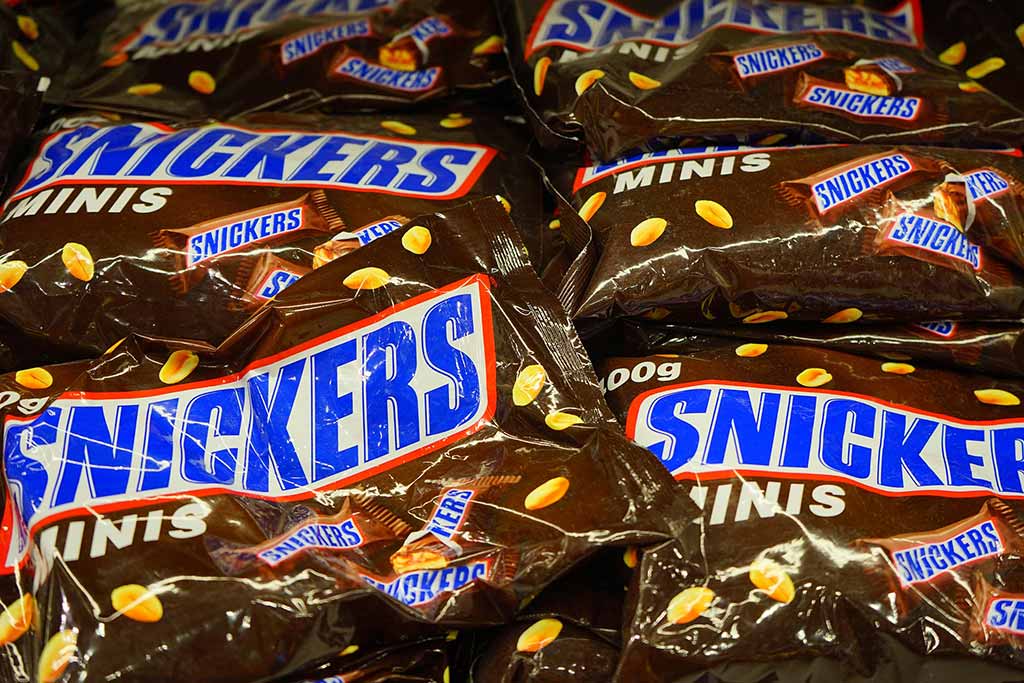A brand by any other name… would it really smell as sweet?
Unless you avoid Twitter like the plague (and who could blame you), you will have seen the indignant outrage at the news the Lilt drink brand is being replaced as simply a flavour of Fanta.
“Lilt dead… yet Vanilla Coke lives on. Strange world.”
“What the actual! Now they’re coming for Lilt. Is nothing sacred? Save Lilt!”
“No. It’s Lilt and will always be Lilt. It isn’t yet another random flavour of @fanta. Stop this senseless gentrification of brands! #SaveLilt
Rumour has it that the rebrand has been prompted by cultural appropriation and racist accusations being made about past adverts. But given Lilt has failed to keep up to the growth of Coca-Cola’s other drink brands, it’s more likely to be a savvy business decision rather than the latest victim of cancel culture. Not that this will hold any sway with Lilt’s legion of fans, who, let’s face it, probably haven’t drunk it in years, as if they had it wouldn’t be vanishing from supermarket shelves.
But it does highlight how changing a brand name shouldn’t be a decision companies take lightly, especially if it’s a name that’s been entrenched in public consciousness for a number of years. So why do companies do it? We take a look.
Common reasons why brands change names
In the search for global consistency
What was Snickers originally called? If you answered Marathon, you’re wrong!
When the chocolate bar was first launched in 1930 it was called Snickers, named after a favourite horse of the Mars family. It was sold under the brand name Marathon in the UK and Ireland in an attempt to market it as a type of ‘health bar’. This all changed in 1990 when it was changed back to Snickers.
Cue lots of righteous indignation from the British general public, but from a commercial viewpoint the name change made absolute sense. As Mars explain in this specially created ad, they were simply changing the name so that it aligned with their global brand.
And given they went on to sponsor events such as Euro ’96 and the World Cup, you can see how important it was to have a globally consistent brand which wouldn’t risk confusing people.

It’s the same reason P&G decided to unify Oil of Olay under one global name. With four different names worldwide (Oil of Ulay in the UK, Oil of Olaz in other European countries, Oil of Ulan in Australia, Oil of Olay in America) you can see why they took this decision.
But going for global consistency isn’t always the right approach. Despite acquiring Walkers back in 1989, PepsiCo have never attempted to rebrand Walkers in the UK despite it being called Lay’s more or less everywhere else in the world. They realise it’s a British brand which has strong brand recognition coupled with a level of brand loyalty you just can’t buy and playing around with that just isn’t worth the risk.
To save money
Unsurprisingly, another common reason for changing brand names is around cost savings. Producing different packaging and marketing materials for different territories comes at a price so ensuring everything is aligned globally makes sense. It’s the reason why Mars rebranded Opal Fruits to Starburst back in 1998. In their eyes not only did it make economic sense but also meant people would recognise a familiar brand when they were abroad.
It’s also sadly why Lilt is no more. It just doesn’t make financial sense to keep a brand going if its brand health is failing (ironic given all the uproar from loyal fans!) and it can be consolidated into a more successful brand line.
And then there’s the strange case of KFC. While the official reason for changing from Kentucky Fried Chicken to KFC was to ‘distance the chain from unhealthy connotations of ‘fried’, that’s not actually the case.
As a way of helping alleviate their massive debts, in 1990, The State of Kentucky trademarked its name. This meant that anyone using ‘Kentucky’ for commercial reasons would need to pay licensing fees. And this applied to Kentucky Fried Chicken despite the fact their name was trademarked, and they had been using it for decades. So, they changed their name instead!
To represent the business more accurately
Whether a company has gone through a merger, diversified its product offering or simply feels like the name is a bit old-fashioned, changing a brand name can ensure it more accurately reflects everything a company does and stands for.
Dunkin’ Donuts became plain-old Dunkin’ in 2019 to reflect that their beverage sales accounted for more than half of their business; British Petroleum became BP after it acquired American oil Company Amoco in 1998; and Citigroup changed its name to Citi to help it appear more forward-thinking and user-friendly.
Think long and hard before changing a brand’s name
The above examples highlight a number of reasons why brands take the ultimate step and change their name, but the decision should never be taken lightly. Rebranding is expensive, time-consuming and can be detrimental to your brand if you do it for the wrong reasons. And one of those reasons is to try and paper over the cracks in your business.
“It’s a statement of intent of our commitment to leading the way in creating responsible delivery experience for ‘Evri one’, ‘Evri where’.
Martijn de Lange, CEO at Evri
Hermes may have kidded themselves they had the right intentions when they rebranded to Evri, but unfortunately it was seen for what it really was – a blatant attempt to distance themselves from their reputation for bad service. And because changing your name isn’t the answer to solving operational failings, a year on it’s clear the rebranding has failed spectacularly and if anything caused more harm to their already beleaguered reputation.
And you should never rebrand just to jump on the latest societal bandwagon. In response to the rising ‘body positivity’ movement and pushback against dieting, in 2019 Weight Watchers decided to reposition itself as ‘Wellness that works’. Understandably they wanted to broaden their customer base by trying to appeal to people who just wanted to make healthy life choices and not necessarily lose weight. They quickly lost 600,000 members and saw a significant fall in new memberships.
The problem wasn’t just an absolutely dreadful logo, but they had made the rooky mistake of forgetting their brand heritage. Launched in 1963, Weight Watchers was synonymous with the weight loss world. And while it was fine to want to appeal to a broader audience, they had forgotten their primary audience and the fact most of them joined them to lose weight!

And of course, if you are planning to change your brand name, don’t forget to factor in public opinion. Back in 1998, Kellogg’s decided they wanted synergy across their brands worldwide. The result – rebranding Coco Pops to Choco Krispies in the UK. It didn’t go down well.
Declining sales and a public outcry saw them set up a national vote to decide what the name should be.
Nearly a million people voted (yes, a million!) and 92% of them wanted the name changed back to Coco Pops. Choco Krispies lasted for a mere 15 months in the UK highlighting how important it is to factor in public opinion.
Does your brand need a new name?
If you’re not sure whether you need to go down this route or not, then why not book one of our branding workshops? They will help you build a strategic foundation for your brand which will help determine whether a new name would be helpful or a costly mistake.
Now, anyone for a Fanta Pineapple & Grapefruit?!
